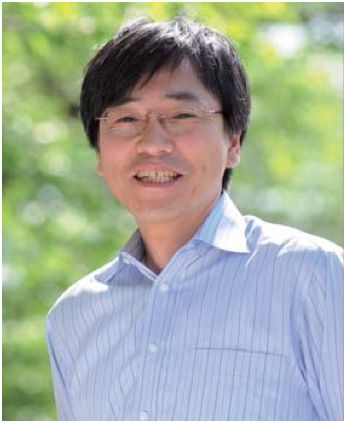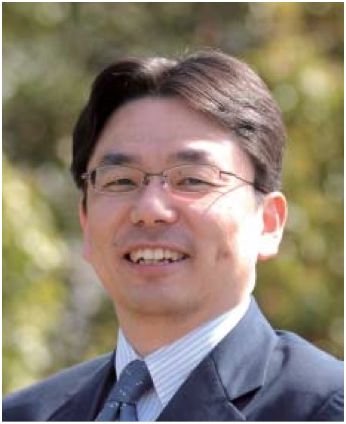Ceramic Materials
Staff
Research Topics
Glass has excellent properties of transparency and moldability, which gives it various applications used in our daily life such as clear windows, containers, bottles, lens and fiber-form optics and so on. Another advantage of glass is its ability as a solvent, which allows it to dissolve and retain various elements including toxic and/or radioactive ones. Glass can be a key material to solve environmental and energy problems. In our group, we contribute to resource and energy saving through the research and development of functional glass and ceramic materials. We are also studying on efficient process of recycling inorganic wastes based on physics and chemistry of glass materials.
Development of novel recycling process of resources using the properties of glass
|
The molten slag from municipal waste incinerator ash is reused as roadbed material and concrete aggregates because its chemical composition is similar to those of stone and sand, but it also contains many unused valuable elements which must be imported as resources in Japan. In our group, we are working on the development of recycling system of municipal and industrial wastes in inorganic forms by separating and extracting such elements based on the properties of slag and glass materials. |
 |
Material design based on basicity of glass and ceramics
|
Basicity is a measure of electron donation and can be associated with various properties involving electrons, such as chemical reactivity, optical and electric functions of materials. In our group, we have clarified that the binding energies of inner shells obtained by X-ray photoelectron spectroscopy (XPS) measurement can be used as an evaluation index of basicity, and we are working on research for predicting the structure and properties of materials based on their basicity. We aim to build a material design methodology supported by a theoretical grounding, which will replace the conventional trial-and-error material development. |
 |
Structural analysis of glass using synchrotron radiation experiments and computer simulation
|
Glass containing heavy metal oxides (HMO) is attracting attention as immobilization technology of radioactive wastes and as environmental glasses with lead-free constituents. We know that glass has no regularity in its atomic arrangement, but there is a certain structural order over a short-range distance in atomic scale. In our group, we are studying on the structural modeling of HMO-containing glasses based on the structural analyses and the computer simulation techniques. We aim to elucidate the mechanism of material functions based on the reproduced structure and feed it back to the development of new materials in glassy form. |
 |
Publication List
- Seiji Inaba, Yasuhiko Benino, Shinji Kohara, Hideo Hosono, Setsuro Ito, Anisotropic structure of alkali metaphosphate glasses, J. Am. Ceram. Soc 103, 3631-3641 (2020).
- Go Sajiki,Yasuhiko Benino*,Chinatsu Oki,Koji Ohara ,Hiroshi Okano,Tokuro Nanba, Structural analyses and reverse Monte Carlo modeling of niobium oxide amorphous film prepared by sputtering method, J. Ceram. Soc. Jpn. 125, 760-765 (2017).
- Chinatsu Oki,Go Sajiki,Shinichi Sakida,Yasuhiko Benino,Tokuro Nanba, Investigation of electronic structure of amorphous niobium oxide based on the density functional theory calculation of crystalline niobium pentoxide polymorphs, J. Ceram. Soc. Jpn. 124, 1221-1225 (2016).
- Atsushi Mukunoki,Tamotsu Chiba,Yasuhiko Benino,Tomofumi Sakuragi, Microscopic structural analysis of lead borate-based glass, Progress in Nuclear Energy 91, 339-344 (2016).

